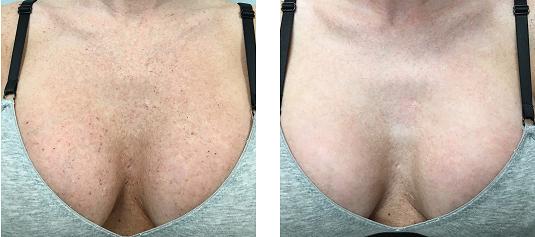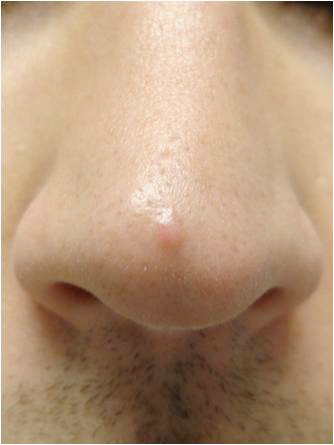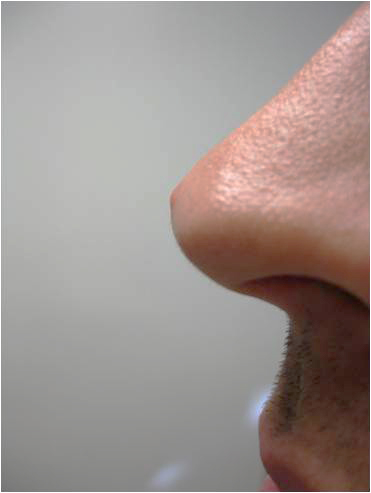Ablative Fractional Laser Resurfacing
What is Fractional Laser Resurfacing?
Fractional laser resurfacing is an innovative laser technology which spares tiny islands of skin and soft tissue within the treatment area. The fractional treatment pattern achieves extensive skin rejuvenation with brief recovery times and very low risk of complications.
What does “Ablative” mean?
Modern laser technology targets specific molecules and structures in the skin to achieve specific skin and soft tissue changes and minimize unwanted side effects. The wavelengths of ablative lasers target the epidermis (outer skin layers) and dermis (mid-level skin layers including high contents of collagen and elastin). By targeting and resurfacing the epidermis and dermis levels of the skin, the laser is categorized as “ablative.” The two most common types of ablative lasers are erbium (2940 nm) and carbon dioxide (10600 nm).
Which ablative fractional laser does Dr. Liu use?
Dr. Liu has two ablative lasers, the Cynosure ICON Lux2940 ablative fractional resurfacing laser & Alma Harmony XL Pro iPixel ablative fractional laser.
Why would I want ablative fractional laser resurfacing?
Ablative laser resurfacing can improve several skin changes, including severe sun-damaged skin, fine to medium wrinkles, aged skin texture, early sagging skin, and many forms of undesirable pigmentation.
 |
Left: photodamage with pigmentation and texture changes
Right: Alma Lasers Dye-VL & iPixel (Intense Pulsed Light & Fractional Ablative Laser) |
*actual patient case of Dr. Liu©
 |
Left: Aged Skin Under Eyes
Right: After combination Cynosure ablative and non-ablative fractional laser |
*actual patient case of Dr. Liu©
  |
Fibrous Papule of the Nose |
*actual patient case of Dr. Liu©
How many treatments until results are visible?
Typically one session can achieve significant improvement. Additional sessions may be suggested, but that would depend on the severity of your skin changes.
What can I expect on the day of the treatment?
Ablative fractional resurfacing can be performed comfortably without general anesthesia. A combination of numbing medications include an oral analgesic, local nerve blocks, and topical numbing cream is a common regimen employed. Protective eye shields are placed over the eyelids during the procedure. The laser delivers pulses to the skin and multiple passes are done to achieve optimal, uniform results. The treatment duration is typically an hour. Most patients are discharged home by themselves.
What will happen after the procedure?
There is usually some swelling the day of the procedure. Then, the resurfaced areas slowly begin to remodel, which will include varying amounts of crusting and peeling.
How do I care for the area afterwards?
Specific after care instructions are provided to all patients.
How long is the recovery time?
The depth of resurfacing and your individual skin characteristics determine the down time. It typically ranges between 4-14 days.
Will I be homebound during recovery?
No. Certain activities may be restricted during recovery; however, several normal daily activities are allowed.
Does it hurt?
With the combination of numbing techniques, patients are quite comfortable during and after the procedure.
What do I do before the treatment?
Proper skin preparation and potential contraindications will be reviewed with you prior to your visit.
|










